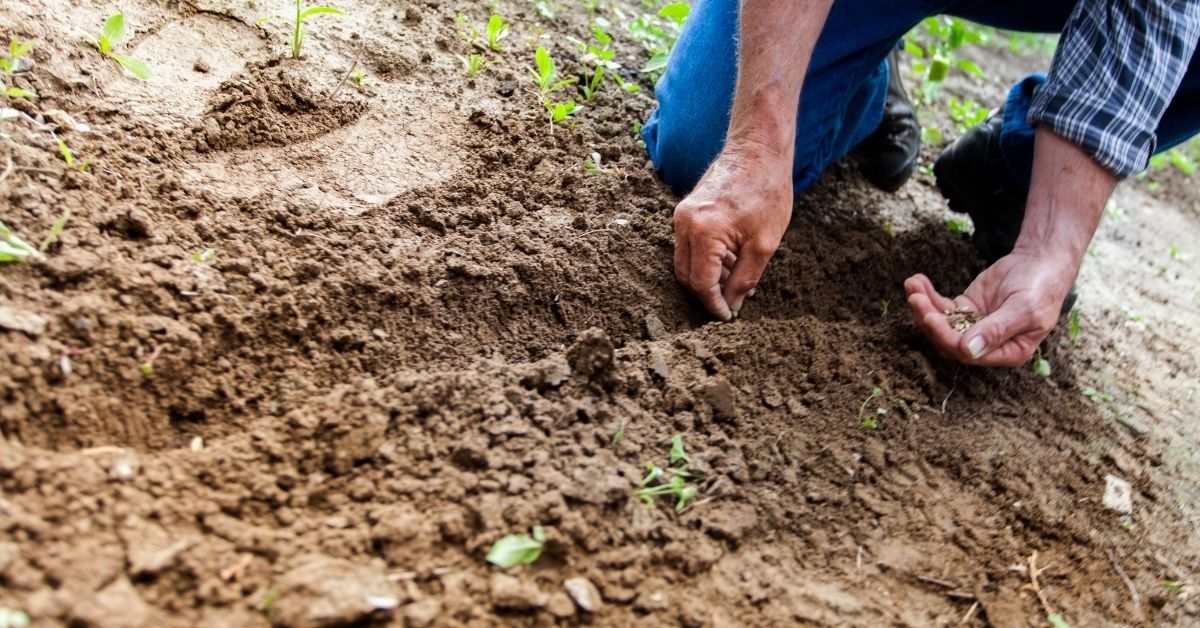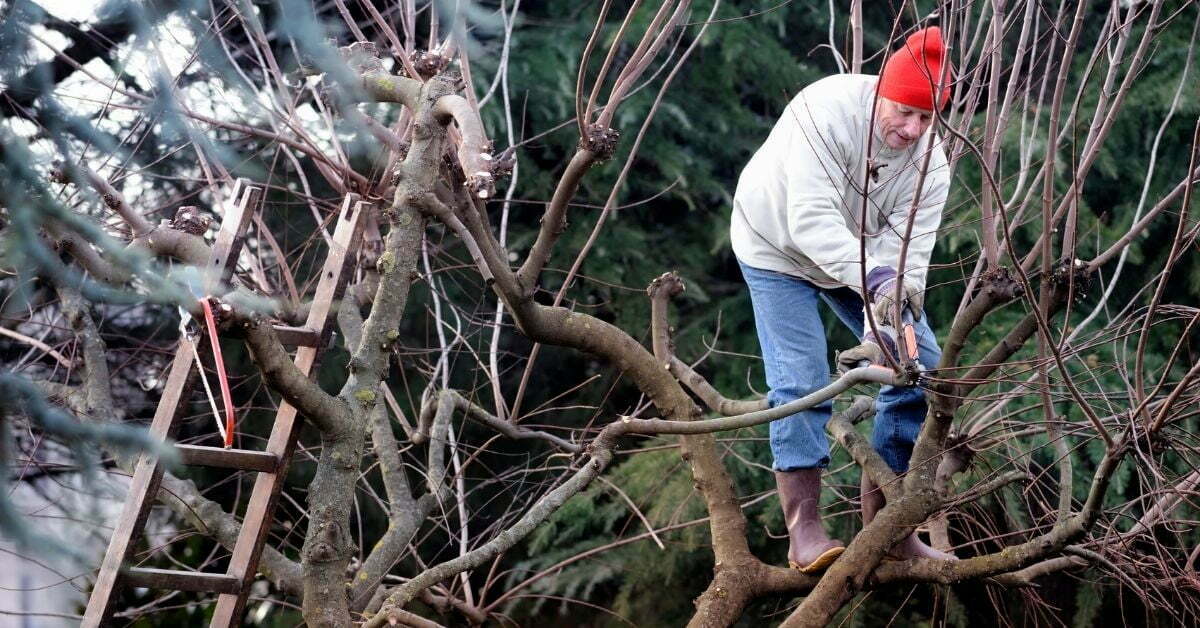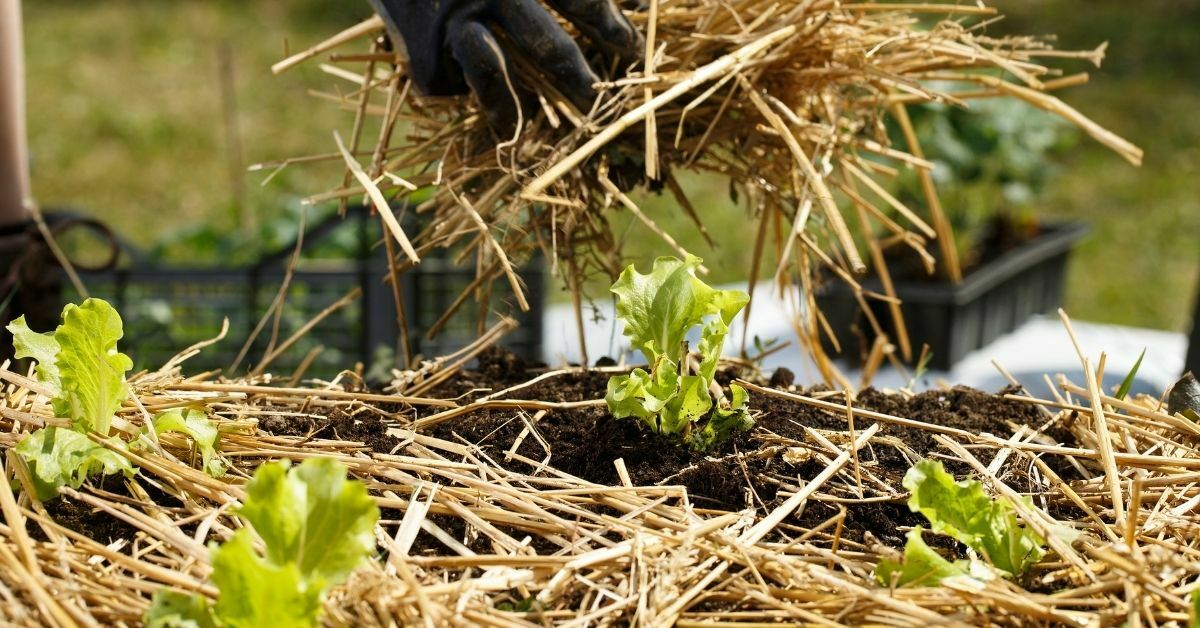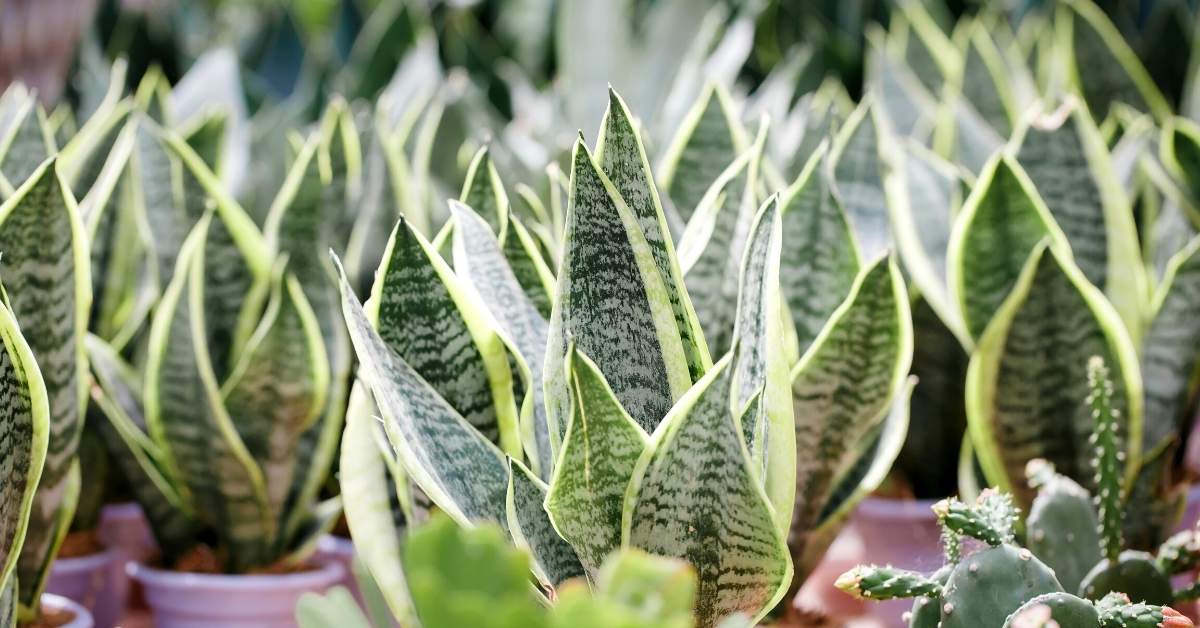Many beginner gardeners are unaware that nearly anything you grow in the spring may also be planted in the fall. Here is essential fall gardening guide including Autumn planting and pruning tips, as well as winter mulching guide and why you need to do it.
Fall Gardening Guide
Plants that can resist light frosts, grow well in short daylight, and thrive in mild temps are excellent for fall planting. Blueberries, cherries (potted), and apples (potted).
Among the best flowers to plant in fall are Perennials like Echinacea, Forget-Me-Nots, Lavender, Rhizomes, and Catmint and Spring Blooming Bulbs such as Tulips, Daffodils, Crocus, Allium, and Lilies.
Fall vegetable planting is ideal for the hearty growers:
- Bunching Onions and Garlic
- Radishes, Turnips and Kohlrabi
- Green Kale Varieties, Spinach, Mustard Greens, Swiss Chard, Collard Greens, Lettuce, Cornsalad (Lamb’s Lettuce)
- Peas and Carrots
- Beets
Southern gardeners have many more options available for fall planting for a “winter” garden harvest.
Fall Planting Tips
Plant zones should be checked before planting to ensure that your garden has the best chance of success. These gardening zones can help you discover which plants would thrive best in your area based on rainfall and average temperatures.
Perform a basic soil pH test once you’ve determined which plants will thrive best in your location. The soil in your area may be more acidic or alkaline, depending on your location. The findings of a soil pH test can also help you figure out which plants will thrive in your soil.
To guarantee your new plants have the best opportunity of growing strong and healthy, remove any dead or sick plants and replace them with a fresh layer of nutrient-rich soil or compost.
Sow seeds deeper than you do in Spring

Because surface soil temperatures are greater and moisture levels are lower and deeper in the autumn, you must sow seeds deeper than you would in the spring. Fall planting depths may be as much as 1 to 2 times as deep as spring planting.
After you have planted your fall crops, place a layer of organic mulch over the top. Mulch will protect your crops from frosts, freezes, and invasive weeds.
Because insects are more numerous in the autumn, using garden pest control to safeguard your sensitive plants is a great option. Cucumbers, squash, and maize are particularly sensitive to insects and illnesses in the fall, so you might want to avoid growing them then.
With fruit trees, initial pruning and springtime pruning is essential to ensure optimal foliage production. Treetops should be reduced by approximately 1/3, and weak branches should be cut away. Pruning will also help reduce the spread of garden diseases, which can ruin entire crops, even entire gardens!
Follow these expert suggestions when planting flowers, veggies, or fruit in autumn, and your plants will be healthier and more resilient.
Autumn Pruning Jobs

There are still many things that need to be done in the garden ad a lot of those things are just pruning and tying back fruit trees and bushes. There are also a large number of pests and diseases about so you should take effective action immediately to stop the widespread loss of plants.
First of all, your pumpkins and other winter squashes will need to be taken care of. You should feed the squashes once a week with a high potash feed, preferably tomato fertilizer. To prevent the plants from rotting in wet weather, you should lift them onto wooden planks or bricks and then move them back down when it becomes dry.
If you have decided to turn strawberry runners into new plants, then now is the time to do it. You should transplant them into a sunny area of the garden that has been fertilized with organic matter. Keep the plants well-watered, and if you think it necessary, you should stretch some plastic sheeting over the plot to keep the warmth and moisture in.
Next, you should prune gooseberries and currants back after you have finished harvesting them; this will need to be done again in winter. Fruiting raspberry canes will need to be cut down to the ground once you have picked the fruit. Secure in the new, green canes that will take the old ones place next year.
Any new hybrid berry canes will need to be tied in so as to be ready to take the place of old ones in the autumn. Most fruit trees such as apples, pears, and plums may need to be supported with ropes or props so as to stop branches from breaking with increased weight from fruit.
At this time, you should test any early varieties of apples and pears for ripeness. You can do this by gently twisting the fruit away from the tree. If the fruit offers resistance or the stalk breaks, they are obviously not yet ready, but if they come away quickly, you should pick and eat them straight away as they will not store.
New growth on wire-trained fruit trees such as espalier, cordon, and fan-trained should be pruned or tied back, and finally, grapevine side shoots should be pruned and excess foliage removed to allow sunlight to penetrate and ripen the fruit.
The pests you should look for on vegetables are carrot flies, slugs, snails, smut, pea moth caterpillars, blackflies, and white cabbage caterpillars. Smut can be found on sweetcorn, and you should remove the affected cobs. You should spray potatoes, tomatoes, and other vegetables with fungicide and pesticides in order to stop the disease from spreading.
Fruit plants should be checked for brown rot, bitter apple pit, and raspberry beetle larvae. Apples, pears, plums, apricots, cherries, and peaches should be sprayed after harvesting to stop diseases such as cancer. Pheromone traps may need replacing to stop codling moths, and you should put up nets to stop the endless onslaught of birds from eating your crops.
The Importance of Winter Mulching and Its Benefits

Winter mulch serves a much different purpose than spring or summer mulch. During the warmer months, we mulch to prevent garden weeds and help retain soil moisture. In fall and winter, we mulch for even more reasons.
Winter mulch not only protects your garden through harsh weather conditions it also helps your garden regrow in the spring with more vigor. Winter mulch is especially essential for gardens located in colder climates. Read below for a list of winter mulch benefits, as well as information on various mulch types and winter mulch application tips.
Benefits of Winter Mulching
There are many benefits of winter mulching, including:
- Plants are protected from freezes, thaws, and strong winds,
- Stabilizes soil temperature,
- keeps plants in a dormant protective state,
- prevents plants from triggering growth during sporadic warm spells,
- improves moisture retention,
- and reduces weed germination in the spring.
Winter Mulch Types
Mulch improves soil structure and garden fertility while decomposing organically. Mulch may be made out of almost anything you find outside. Natural mulch may be found in a variety of places in your yard or community, including:
- Pine Tree Bows or Pine Needles (best used around acid-loving plants)
- Alfalfa, Straw, or Hay
- Newspaper
- Grass Clippings or Shredded Leaves
- Wood Chips
- Sawdust
- Tree Trimmings
- Compost
When and How to Apply Winter Mulch
After the first severe frost, winter mulch should be spread. When temperatures fall below 25 degrees Fahrenheit, apply 2-4 inches of mulch around the base of your plants while leaving a 1-2 inch area of breathing room from the base. If you do not allow for breathing room, the plant will eventually rot and die.
Fine particle mulch should be put to a height of 2-3 inches. Because fine particles cover more air gaps in the soil, adding more than 2-3 inches of fine winter mulch hinders the plant from obtaining proper oxygen. Thicker particle mulch can be piled up to 4 inches high as larger spaces within the mulch allows for more light and oxygen.
However, while more extensive particle mulch treatments allow for more air and light, they also allow for more weeds to grow, soil moisture to be depleted, and cold to reach the plants; therefore, a delicate balance is required.
What to do with Winter Mulch in Spring
Remove the mulch or gently rake it to the side once spring arrives and the possibility of an intense frost has passed. Provided the base of your plants has plenty of room to absorb heat, moisture, and oxygen, you can leave the mulch off to the side. Allowing organic mulch to decompose near your plants means soil becomes more nutrient-rich, and plants grow with more vigor.

